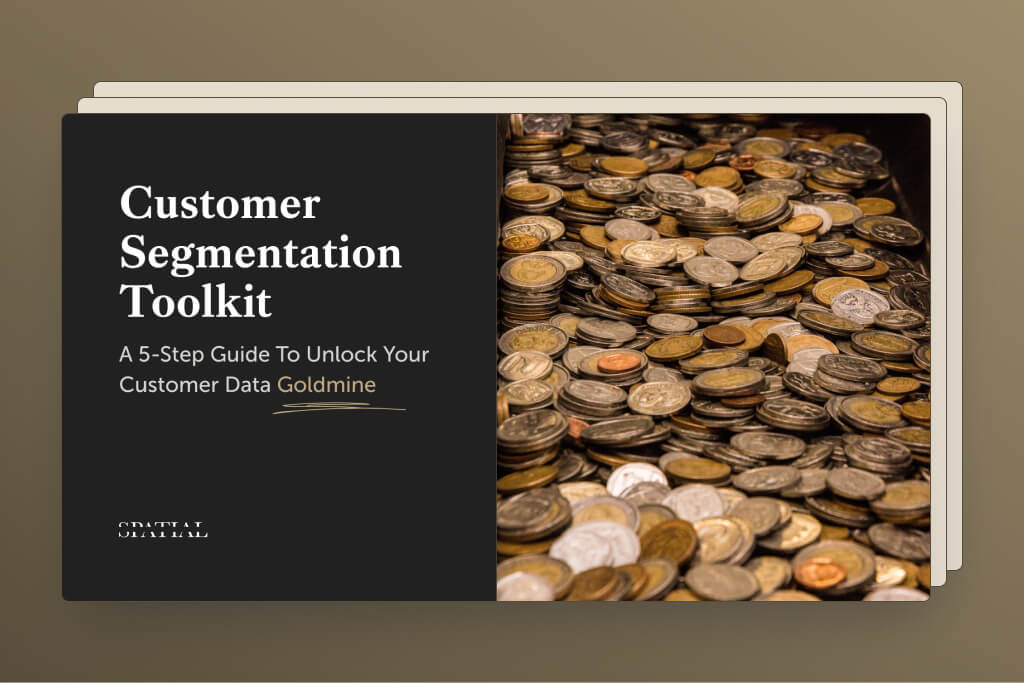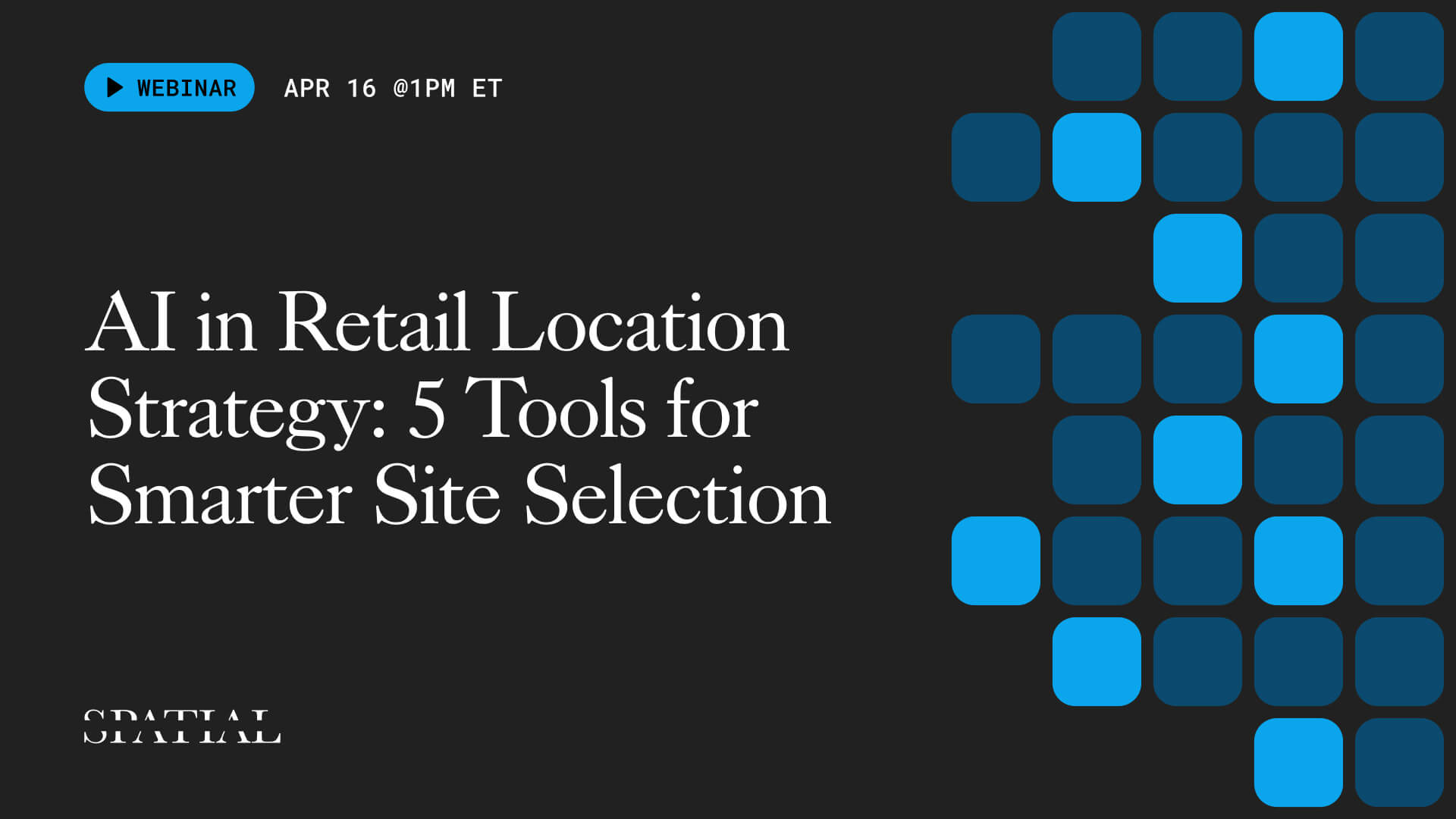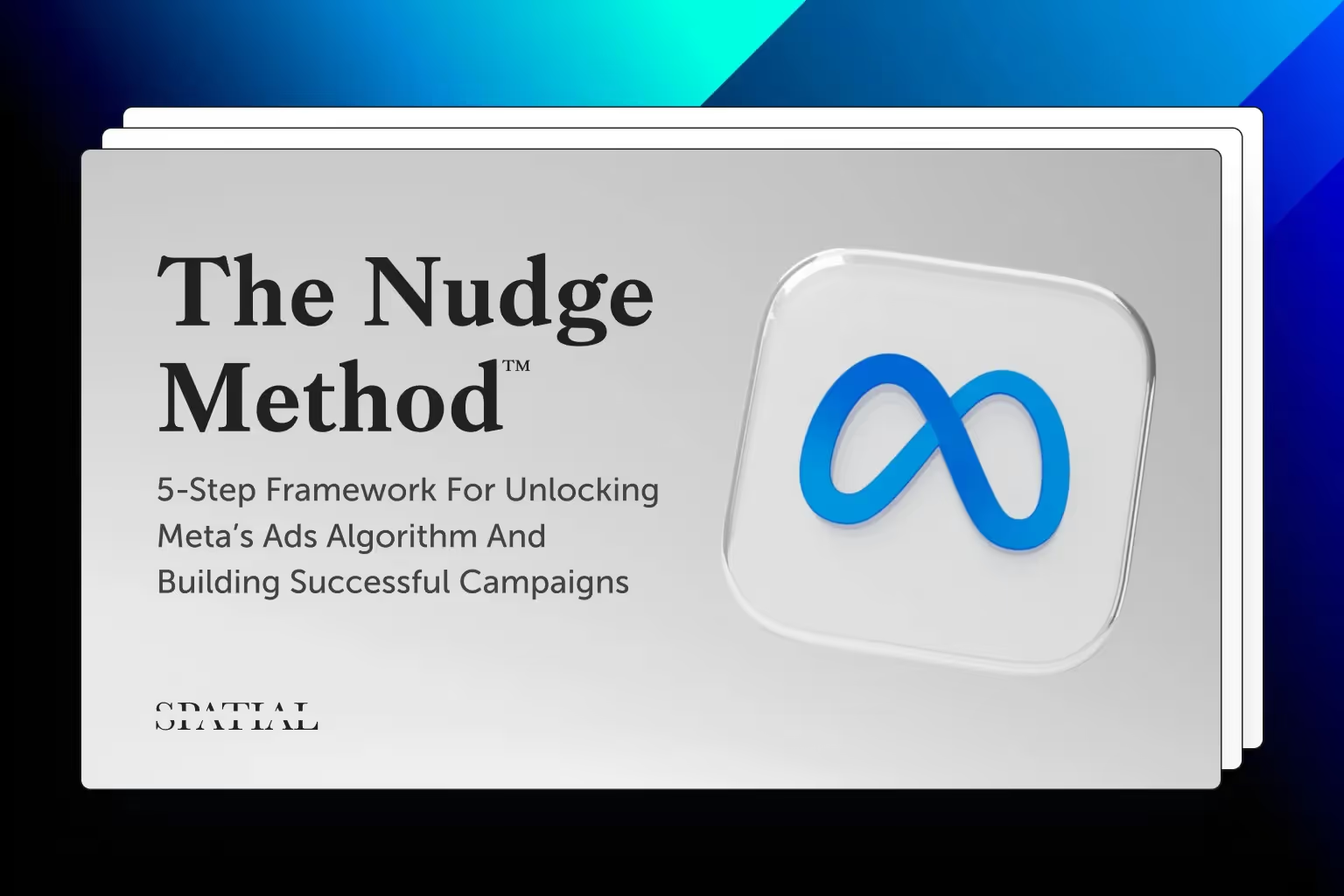Predicting Nature Valley Vs. Larabar Sales With CARTO
I was recently impressed with a demo using PersonaLive segmentation for CPG. CARTO, one of our partners, demonstrated a way to predict sales of a product in a given store to help with expansion efforts. There are a few reasons CPG companies need to understand which stores have the greatest sales potential.
- Choosing new retail locations to supply a product.
- Choosing which locations to negotiate better shelf placement.
- Choosing which markets to promote a certain product.
The Standard Approach
The industry standard way of accomplishing this is to take a trade area around a store (usually defined by a gravity model) and look at the demographics of that trade area. Then you can compare the demographics of high performing stores and low performing stores to indicate the demographics with the closest relationship with sales. There are two flaws in this method for which CARTO demonstrated a solution:
- Not everyone in a trade area is coming to that store. The gravity model assumes that visitation is equal across all census block groups in the given trade area. CARTO used mobile visitation (foot traffic) data to identify which block groups are actually contributing to a store’s visitation.
- Census data misses people’s actual behaviors. Basic demographic information is a good start at categorizing visitors but it misses what some would say matters most: their actual behaviors. CARTO used the PersonaLive segmentation that takes a household's social media and retail preferences into account along with demographics.
CARTO’s Approach
CARTO first plotted the locations for every convenience store, grocery, gas station, and superstore in the state of Texas. They then applied historical sales for Nature Valley & Larabar breakfast bars across all locations that were selling those products. This historical sales dataset usually comes from the retailer or CPG itself.
They then used foot traffic data to see which block groups around that location were contributing to the visitation for that particular store. They segmented the foot traffic data by using the dominant segment living in that block group from the PersonaLive segmentation.
The Results
This approach turned up some immediate insights and made logical sense. For one they found that locations dominated by visitation from primarily lower income hispanic segments had higher sales for Nature Valley than Larabar. This lined up with the behavior of this set of segments as they tend to be deal seekers yet also care about their health as well as their appearance.
CARTO used the segments of mobile visits as inputs to a predictive model that indicated the likely sales of Nature Valley and Larabar at each store they were currently not in. This same model can be used to select new locations to supply product. By looking at locations that are underperforming vs. the forecast, CPG companies can direct sales reps to negotiate better shelf placement. And by understanding the behaviors and interests of the local population, the CPG company can put together informed marketing to promote a certain product.
What you should do now
Whenever you're ready, here are 3 ways Spatial.ai can help:
- See PersonaLive In Action. If you'd like to segment and target your best customers using real-time behavioral data, schedule a free 30-min demo to get started.
- Subscribe To Consumer Code. If you've found this helpful, check out our newsletter and podcast where we share more consumer research and insights for retail marketers.
- Share This Post. If you know another marketer who’d enjoy reading this post, share it with them on Linkedin, X, or Facebook.
Get retail marketing tips
We email every monday with smart growth strategy ideas. Almost no promotion. Just value.

.avif)
%20(1).jpg)







%20(1).jpg)